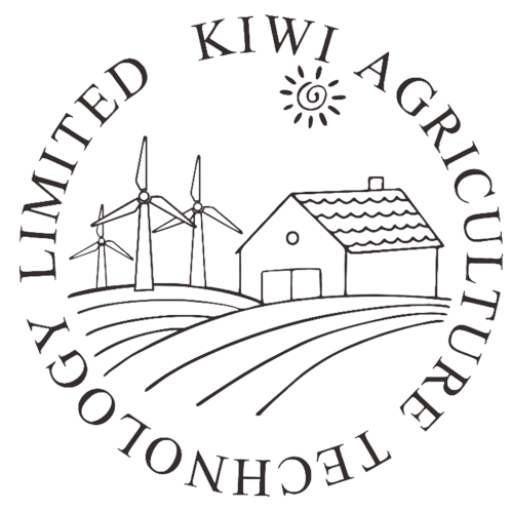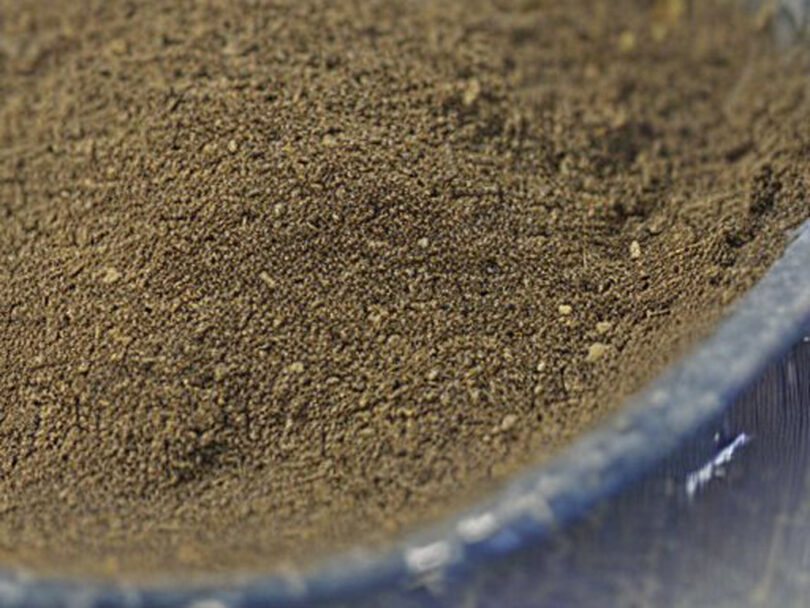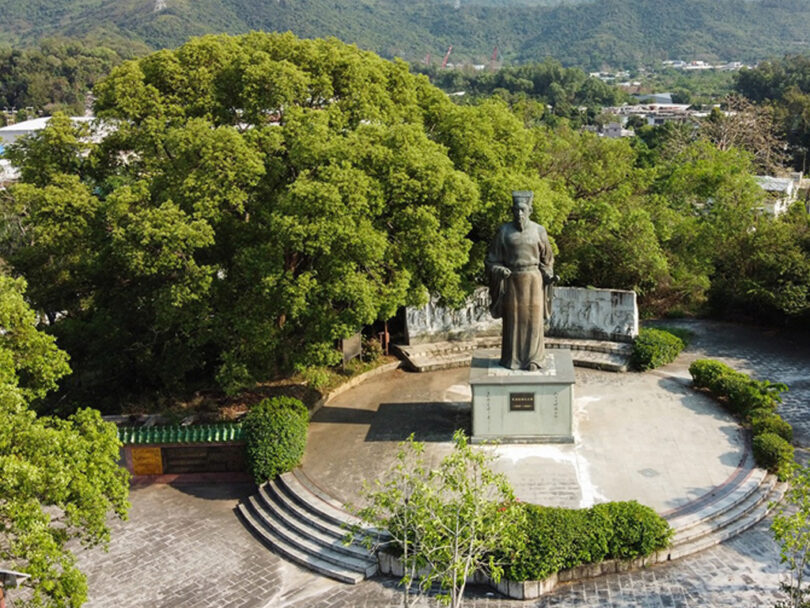Community Integration Mangrove Ecology Conservation Project
Near-zero carbon emission agricultural model
What has happened to the mangroves in Tai O?
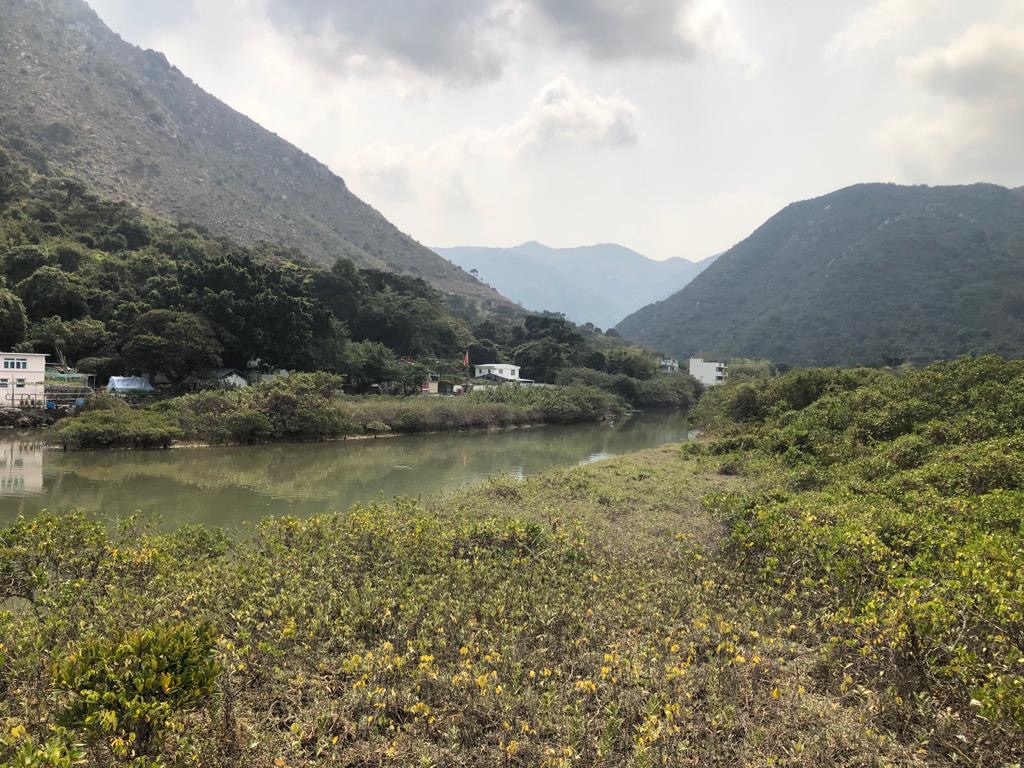
Climate change has intensified pest problems.
Global warming increases the likelihood of pest outbreaks. Hotter weather makes insects more active.
In 2023, the ‘White Bone Soil’ mangroves in Tai O were attacked by insects, with the trees showing signs of wilting. A large number of leaves were consumed by green caterpillars, which are believed to be moth larvae.
In 2012, the Avicennia marina at Mai Po also suffered from extensive damage due to moth larvae, resulting in widespread wilting.
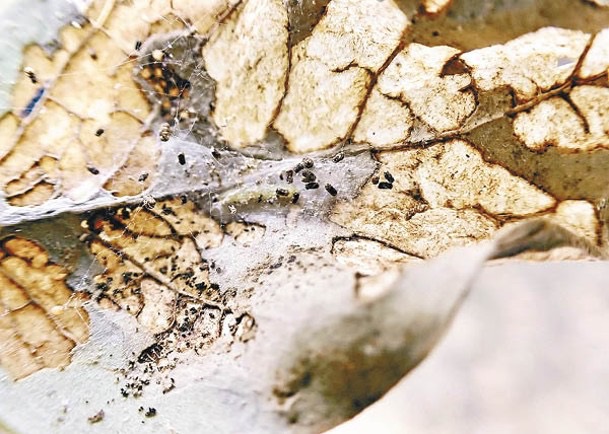
Caterpillars covered the leaves.
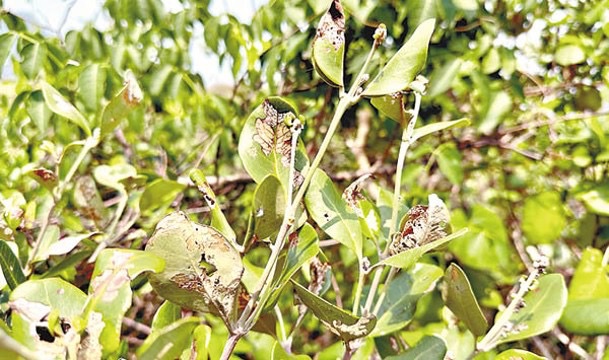
A large number of mangrove leaves were consumed.
Global Mangrove Overview
According to reports from Wetlands International and global studies, since 1980, mangrove ecosystems have been severely impacted by development in mangrove areas, industrial pollution, agricultural runoff, and global climate change. Due to factors such as water pollution, climate change, rising sea levels, and excessive commercial fishing activities, the global area of mangroves has decreased by approximately 50%.
The situation of the mangroves in Tai O
A wetland area in Tai O, originally a derelict salt pan, was restored between 2005 and 2007. This restoration project was undertaken to compensate for the loss of mangroves due to the construction of the Hong Kong International Airport at Chek Lap Kok and the development of North Lantau. Various native mangrove species were replanted during this period.
This expanse of mangroves nurtures a diverse array of wetland animals, including crabs, mollusks, mudskippers, and water birds. Approximately fifty species of mangrove-dependent animals have been recorded in this area.
Value of Mangroves
Natural Barrier
Protecting Coastal Areas from Natural Disasters
Establishing Unique Coastal Ecosystems
Coastal ecosystems such as mangroves, salt marshes, and seagrass beds offer crucial habitats for a diverse range of marine and coastal species.
Improving Water Quality
Root Systems and Tree Trunks for Water Quality Improvement
Mitigating Global Climate Change
Carbon sequestration capabilities, which absorb and store large amounts of carbon, help mitigate global climate change.
Program Outline
Course Phases
- Scientist Visit Schools to Explain Mangrove Systems, Introducing Students to Hong Kong’s Mangrove Areas, Mangrove Species, and Related STEM Knowledge
- Scientists Guide Students in Planting Mangrove Seedlings, Such as Pongamia Trees, on School Grounds to Become Mangrove Conservation Ambassadors
- Provide Planting Tools, Teach Students Basic Theory and Knowledge, and Guide Them in Practical Application and Operation
Support for Elderly Care Homes
- Scientists lead students to Elderly Care Homes to Share Mangrove Planting Experiences
- Students Assist Elderly Residents in Cultivating Mangrove Seedlings at Care Homes
- Students Regularly Visit and Support Mangrove Management at Care Homes, Engaging in Conversations with Elderly Residents
- Promote High Engagement Among Students and Elderly Residents, and Develop and Optimize the Implementation Plan
Mangrove Forest Construction
- Scientists lead Student Ambassadors on Field Visits to Local Mangrove Areas, Promoting Mangrove Conservation and Transplantation Knowledge
- Students and Elderly Residents Work Together at Designated Locations to Transplant Mangrove Seedlings
- Students Regularly Visit the Designated Locations to Monitor Mangrove Growth and Report Their Findings to the Elderly Residents
Program Objectives
intergenerational harmony
By facilitating interactions between young people and the elderly, we can promote communication between the two generations. This allows elders to pass on traditional knowledge and accumulated social experiences to the younger generation, while young people bring fresh perspectives and new information to the elderly. This, in turn, deepens mutual understanding and recognition between the generations, helping to build a harmonious, inclusive, respectful, and integrated society.
leads students to Elderly Care Homes to Share Mangrove Planting Experiences
Provide students and the elderly with the opportunity to understand the ecological value and importance of mangroves, helping them grasp the concept of sustainable development. This fosters their awareness and concern for the natural environment, enabling both generations to work together in contributing to environmental conservation.
Community care
The plan is to have students engage with elderly residents in care homes, promoting intergenerational communication, enhancing community cohesion, and fostering a spirit of care and compassion.
Sustainable Development Goals
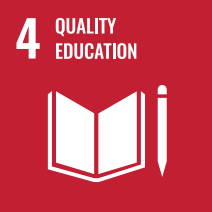
Quality education
The mangrove conservation project collaborates with schools and communities to provide educational and awareness-raising opportunities. This helps people understand the ecological value of mangroves and promotes the development of environmental education.

Addressing climate change
"Mangroves have excellent carbon sequestration capabilities. Mangroves have excellent carbon sequestration capabilities, which help mitigate climate change. Mangroves Conservation and restoration can serve as important measures for addressing climate change .
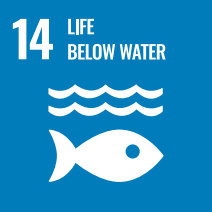
Protecting aquatic ecosystems
Mangroves are a key component of coastal ecosystems. Protecting mangroves helps preserve marine and coastal biodiversity and ensures the sustainable use of aquatic resources.

Protecting terrestrial ecosystems
Mangroves are a unique type of wetland within terrestrial ecosystems. Their protection and restoration contribute to safeguarding terrestrial biodiversity, carbon sequestration, and water resource management
Event Highlights
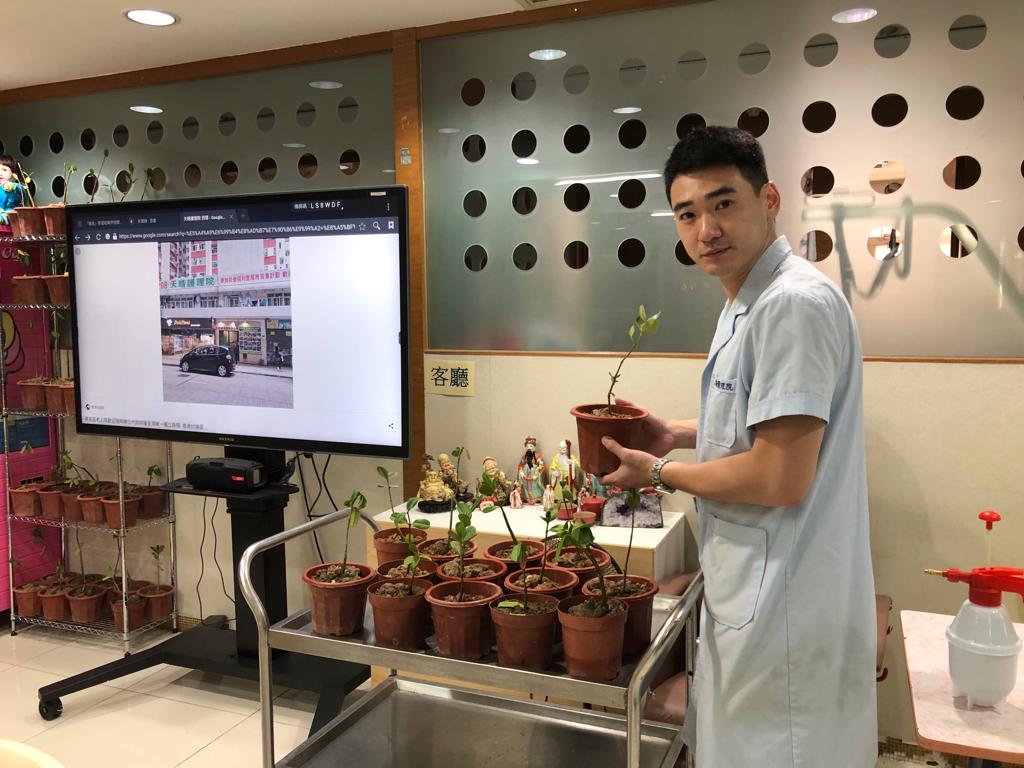
On the day of the event, director Lu at Tin Ching Nursing Home provided strong support. Relevant experts taught the elderly how to plant mangrove seedlings, which were then placed within the nursing home for cultivation. At the appropriate time, these seedlings will be transplanted to the mangrove forest in Tai O.
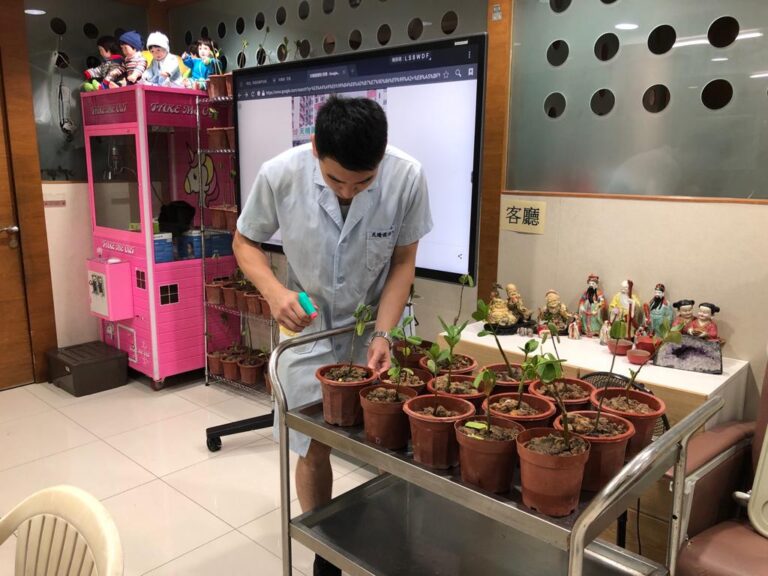
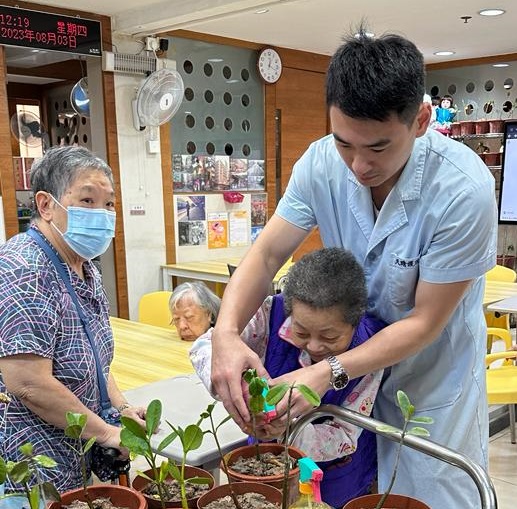

After Dr. Cheng’s introduction and planting session, the elderly participants tried their hand at caring for the mangrove seedlings, adding enjoyment to their lives!
Welcome individuals from nursing homes, educational institutions, businesses, and other sectors to join us!

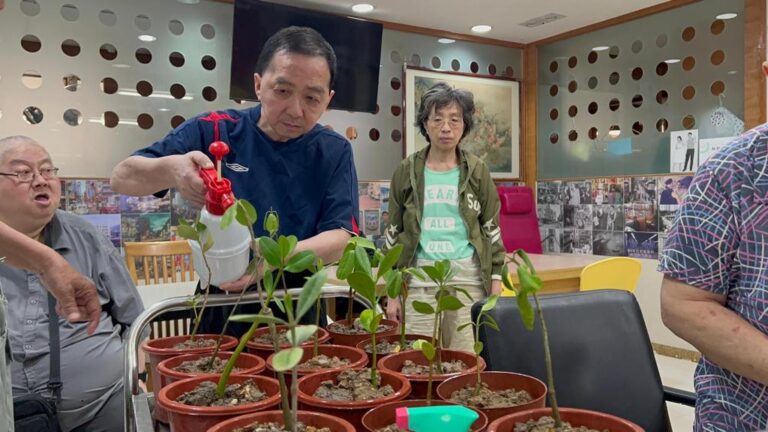
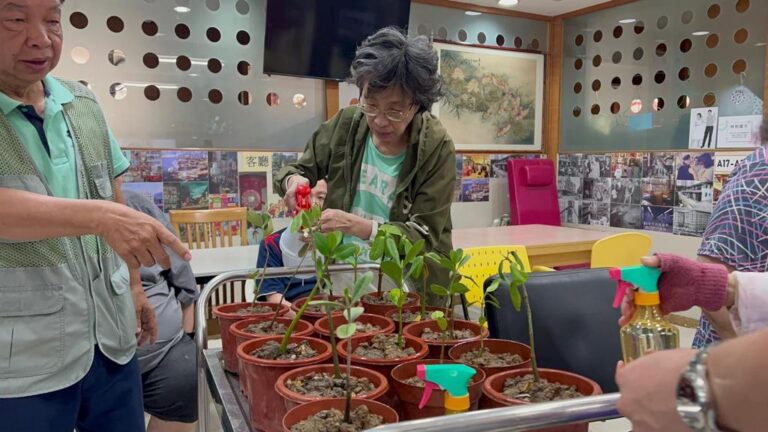
Location:
San Tin, Tai O
Size:
800,000sqft
Categories:
Date:
Related projects
© 2024 Kiwi Agriculture Technology Limited
